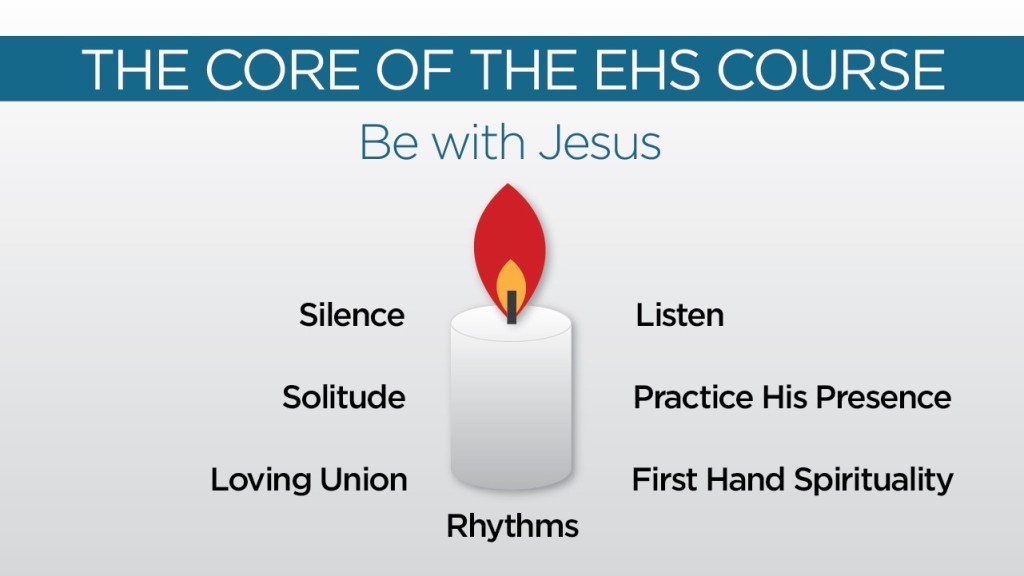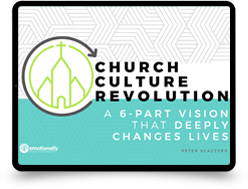Silence and stillness are the two most radical spiritual disciplines that need to be injected into a paradigm shift of how we do discipleship in our churches. They are indispensable to slow our people down so they cultivate a first-hand, personal relationship with Jesus.
My transformative experience with these disciplines took place in 2003 with a community of Trappist monks and the Taize Community in France. I remember sitting at Taize, and struggling, during the 8-10 minutes of silence that was part of each morning, afternoon and evening prayer.
Yet my relationship with Jesus has changed dramatically as I slowly learned to integrate silence and stillness into my daily life. Scriptures such as the following came alive:
- He says, “Be still, and know that I am God.” Ps. 46:10
- Be still before the Lord and wait patiently for him. Ps. 37:7
- Moses answered, “Do not be afraid… The Egyptians you see today you will never see again. The Lord will fight for you; you need only to be still.” Ex. 14:13-14
- When you are on your beds, search your hearts and be silent. Ps. 4:4-5
- Be silent before the Sovereign Lord, for the day of the Lord is near. Zeph 1:7
More specifically, in our work at New Life and around the world, we have realized that leading people into an experience of stillness and silence is the core of The Emotionally Healthy Spirituality (EHS) Course.

If silence is the practice of quieting every inner and outer voice to be attentive to God, stillness is the practice of letting go of our grip on life to relax in Him (see Peter Craigie, Psalms 1-50, WBC, Vol.19). They are closely related, but slightly different.
These spiritual practices turn life upside down. We normally determine the agenda and pace of our lives. We go our own way, the very essence of sin. When we sit in silence and stillness, we begin the process of allowing God to be the center of our world. We let go of control and surrender to Him.
Twitter @petescazzero







